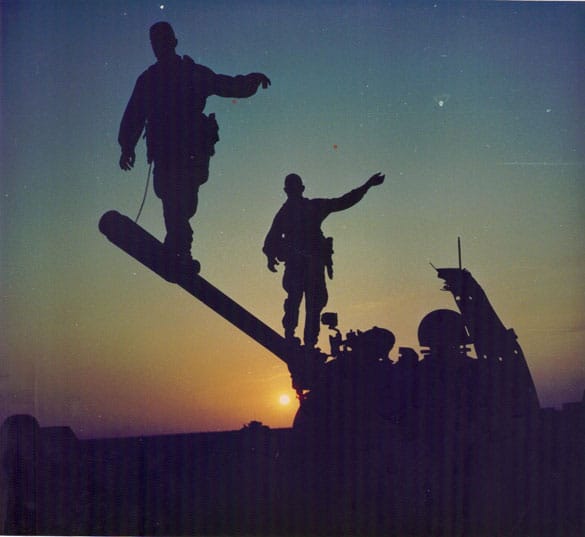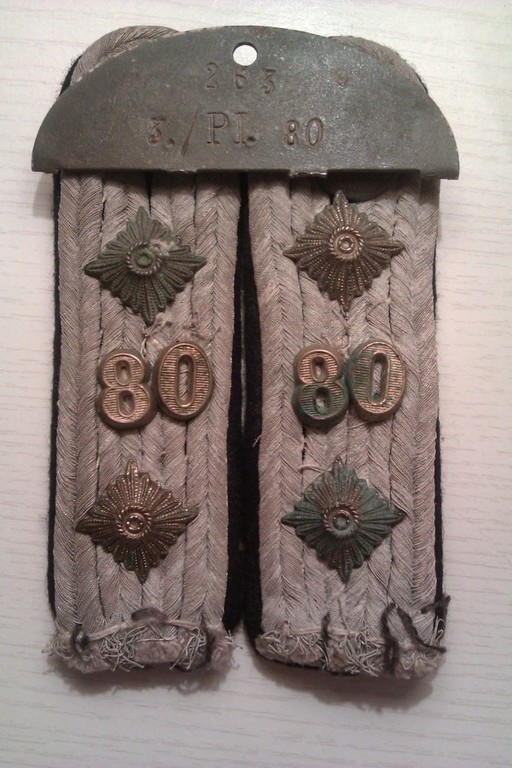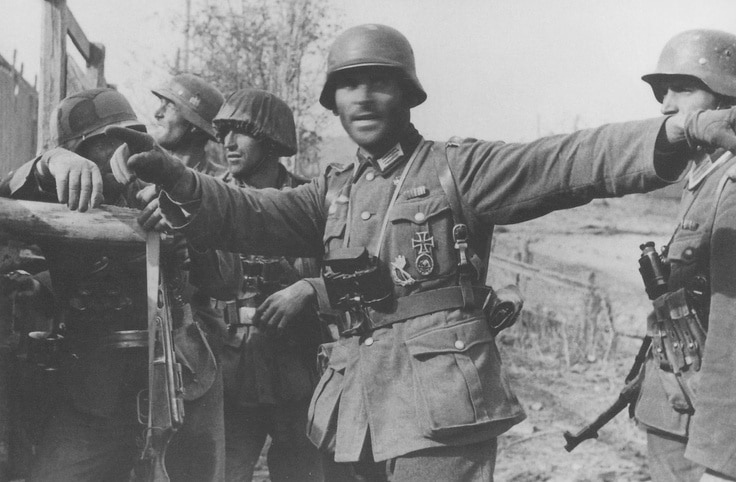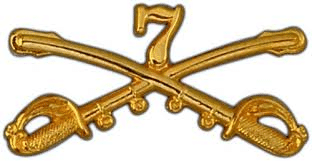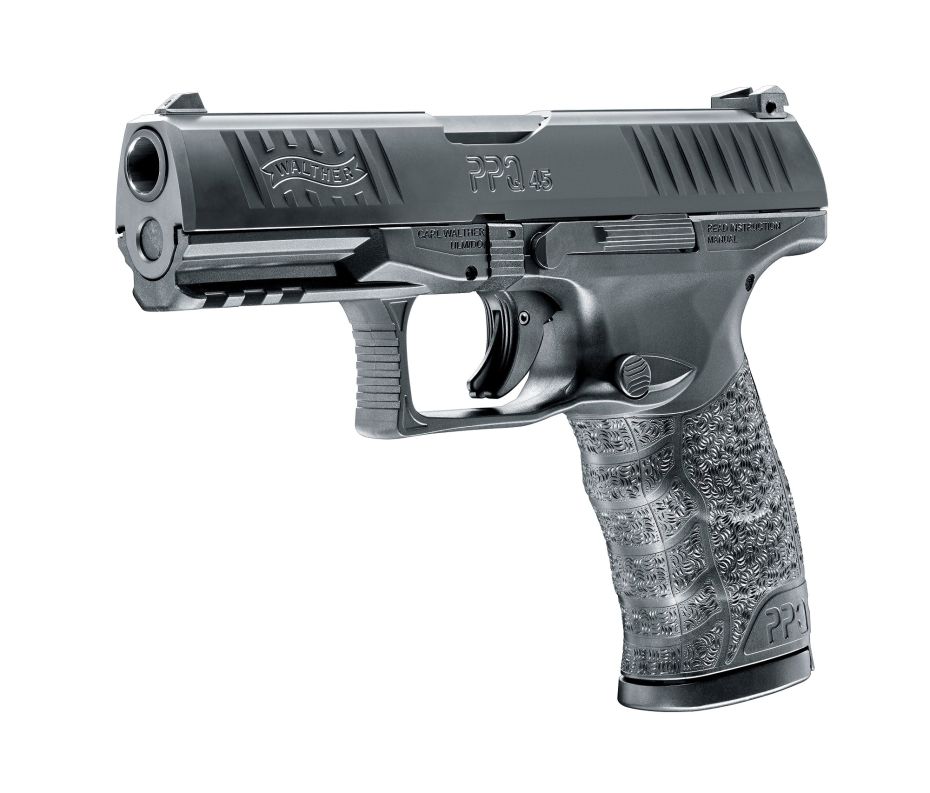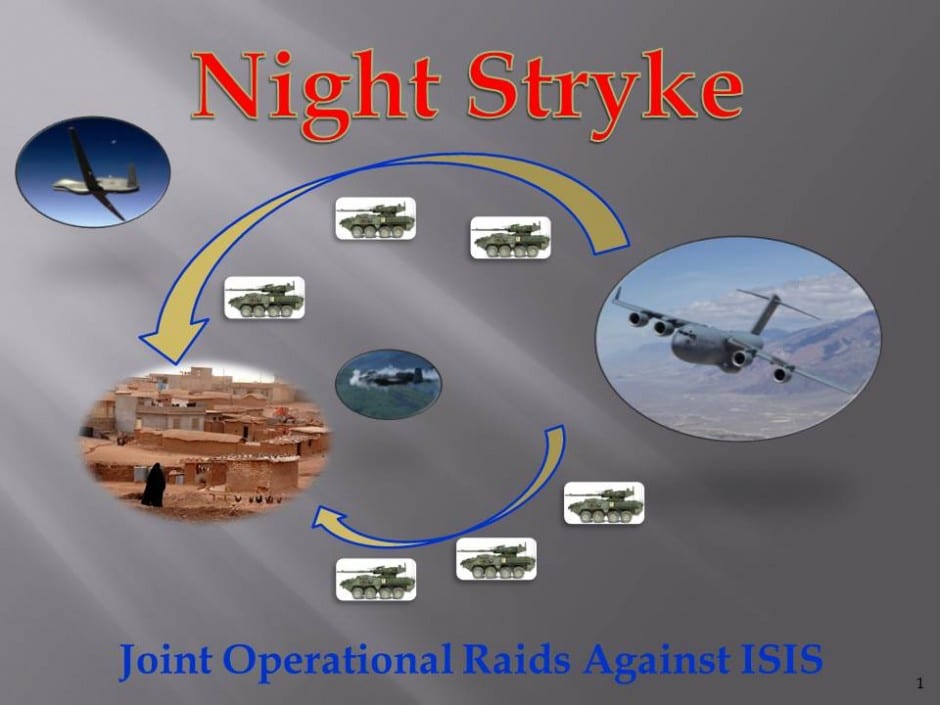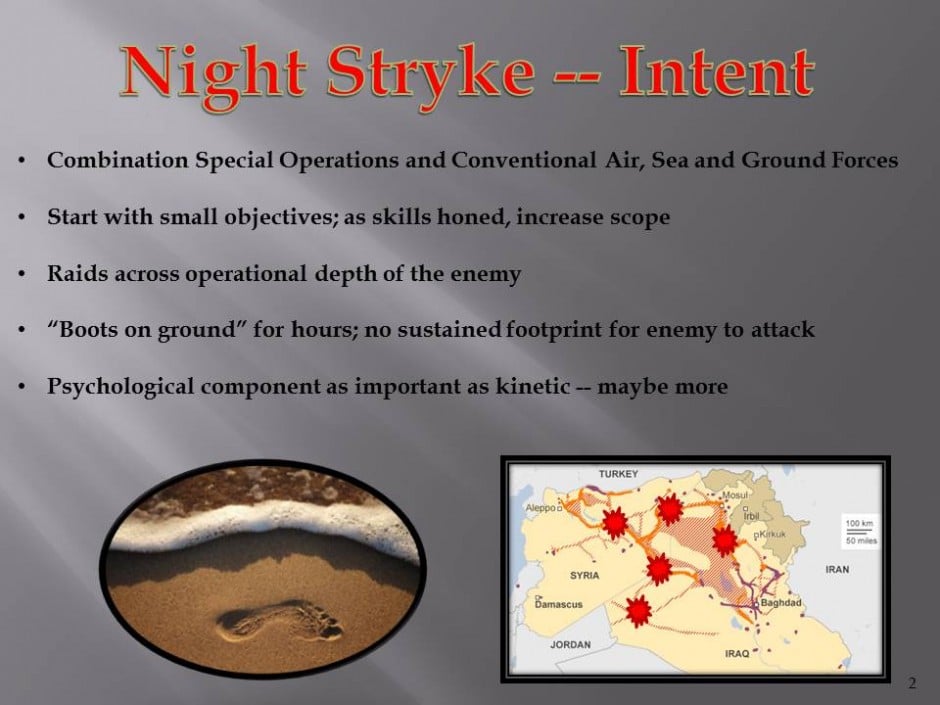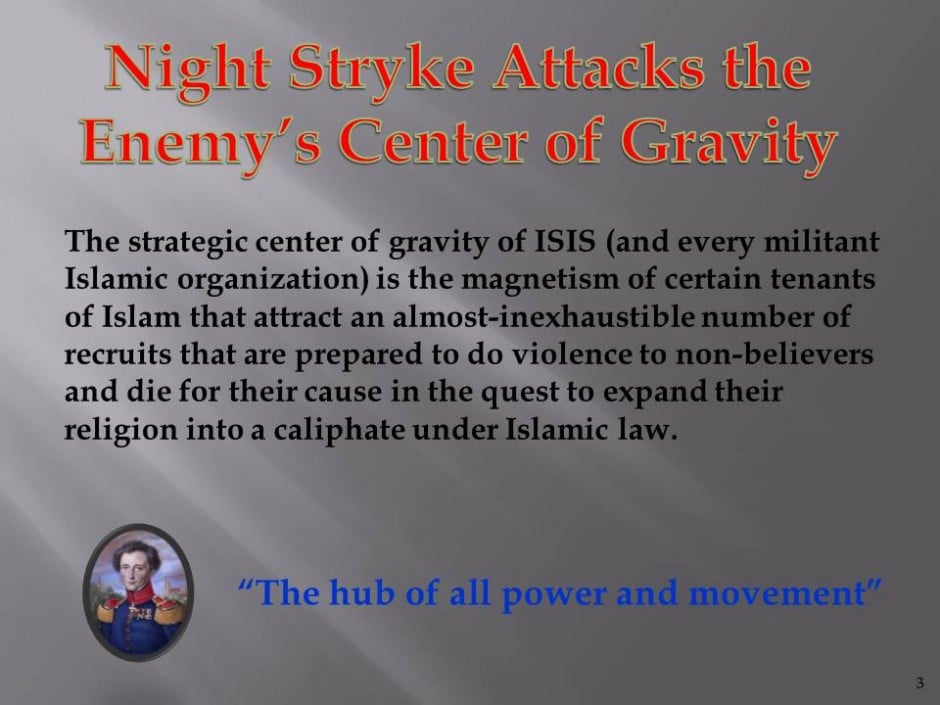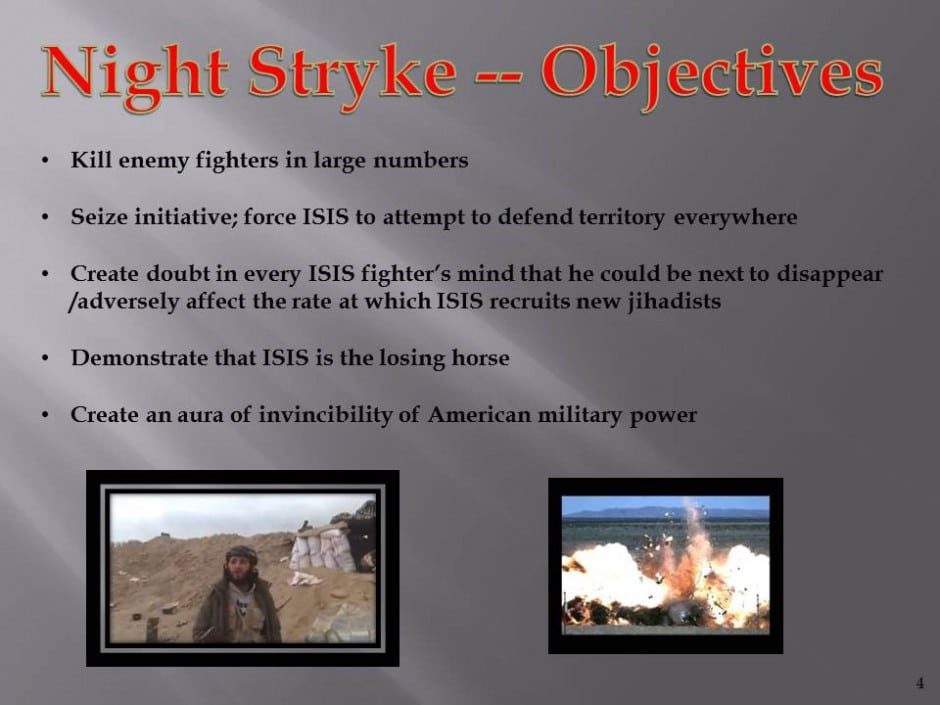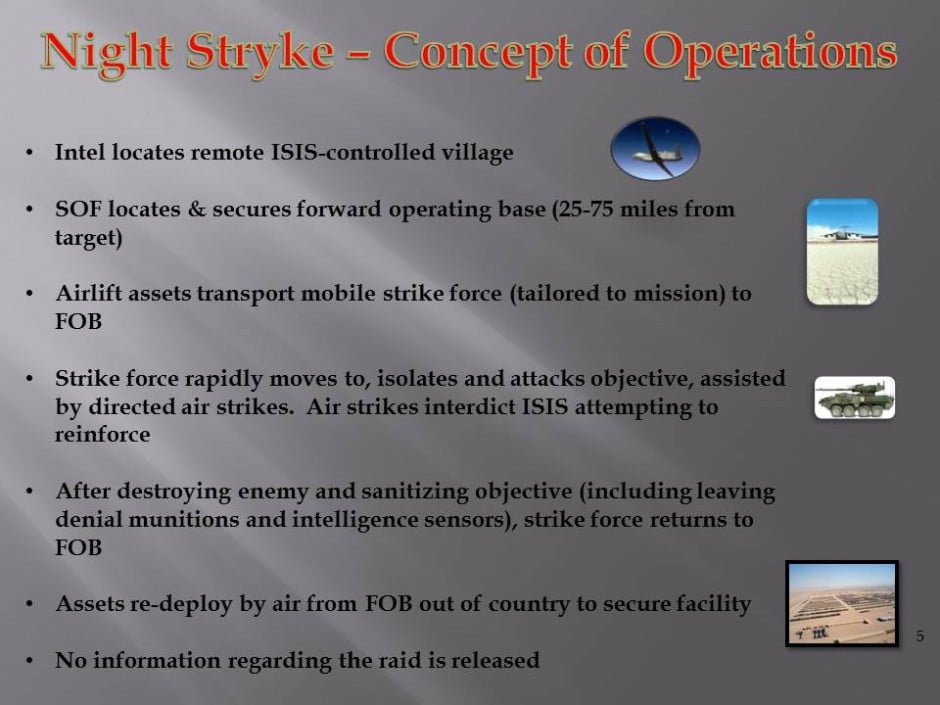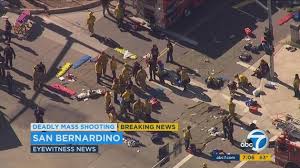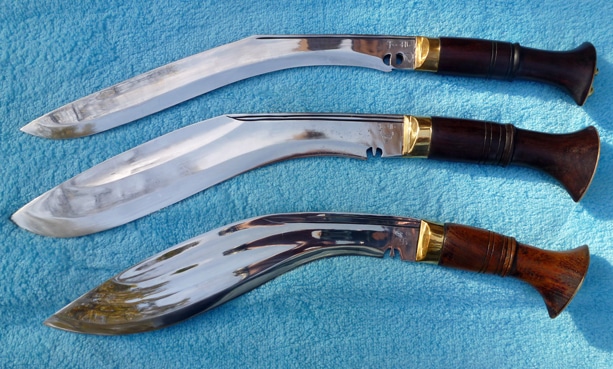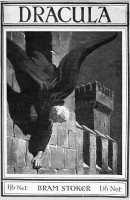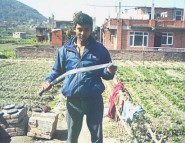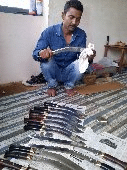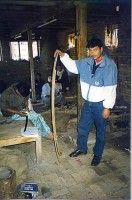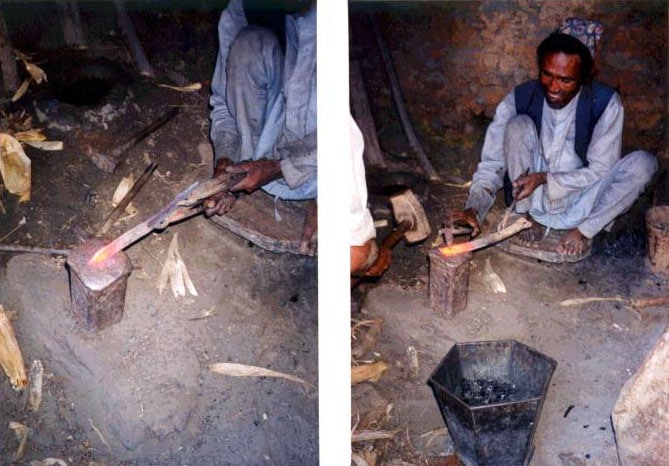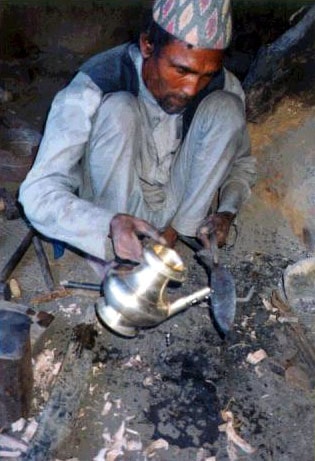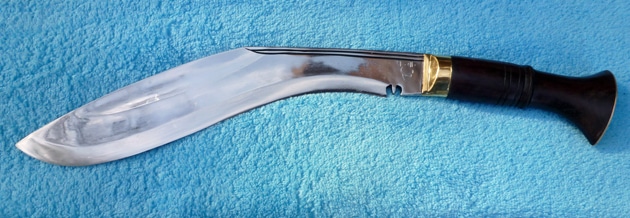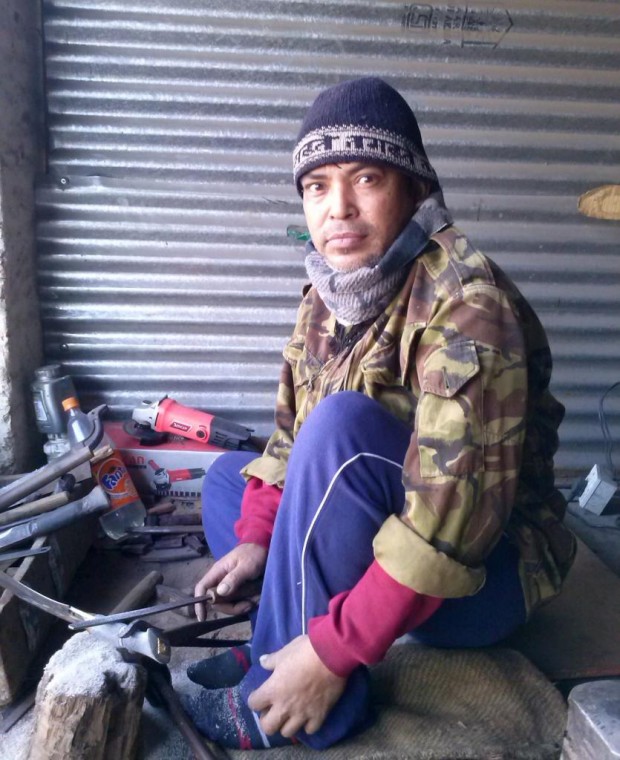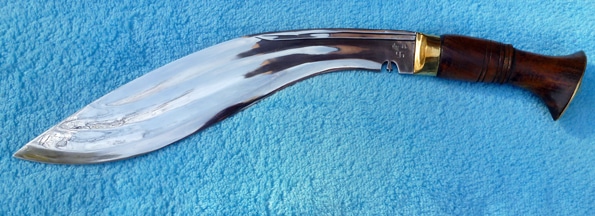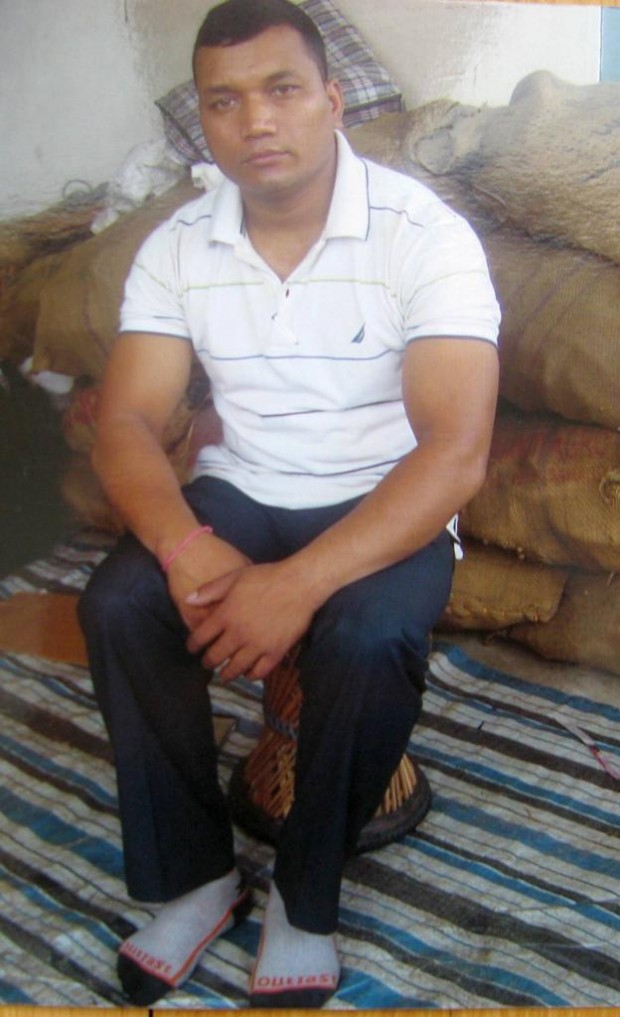VII Corps Desert Storm Reunion, 26-28 February 2016
VII Corps Desert Storm Veterans Association, Desert Storm Reunion, 26-28 February 2016
Let me start this with something I hope that you will take to heart. My father, who died last summer at age 91, had been an infantry private first class in the Ninth Infantry Division in the Hürtgen Forest and Battle of the Bulge in World War II. He had always wanted to see his old buddies again, but for one reason or another, he never made it to a reunion and regretted that till the day he died.
So, if you have ever wanted to get back together with your buddies from Desert Storm, this is it!
The twenty-fifth anniversary is here upon us; where has the time gone? At age 63, I’m not waiting for the 50th reunion, although if I’m around for it, I’ll go to that one also.
Every veteran of VII Corps from Desert Storm, and especially in my case every veteran of the Third Armored Division “Spearhead,” is warmly welcomed to gather outside our nation’s capital (primarily Crystal City, VA) at the end of February to meet with old comrades and friends, catch up on what everyone has been doing since we were “young” and most importantly pay our respects to the true heroes of that war, our comrades in arms who made the ultimate sacrifice and died before they could grow old and do all the things that we sometimes take for granted.
First, this is not just a gathering of “old,” retired generals, although many will certainly be there. But those folks did not win the war; you did…the “skeeter-wings,” the specialists, the buck sergeants, the first sergeants and the CSMs, so please attend if you can make it, and be sure to tell the folks you have stayed in contact with to go as well.
Registration
Online registration for the 25th Reunion is available at this link: http://25.desertstormvets.org/
You can purchase your banquet tickets, register for your hotel room at the special rate of $99 per night and also see updated schedule of events. The special rate of $99 per night for hotel rooms will be available until 5 February 2016.
Here are some of the events planned, as I know them in late January; please check often: http://25.desertstormvets.org/
This will be updated on a regular basis with latest information as related to the reunion.
All units
Friday, 26 February, beginning 3:00 pm, out of town guests check in at Crystal Gateway Hotel at leisure. After that, check in across from registration at the VII Corps Reunion Ops Center to get your name badges for all attendees and guests as well as memorabilia items for distribution to all attendees.
Third Armored Division (Spearhead)
Friday, 26 February, gathering beginning at 6:00 pm at the Crystal City Sports Pub, 529 South 23rd Street, Arlington VA 22202 (the only charge is what you consume food and beverages.)
VII Corps Artillery
Friday, 26 February, reception in the Jackson Room (Crystal Gateway Marriott Hotel) from 7:00 to 9:00 pm. There will be a cash bar and “heavy” hors d’oeuvres. (I guess “heavy” is to make sure all the tankers attend.)
Saturday, 27 February, buffet breakfast from 7:30 to 9:00 am in the Jackson Room (Crystal Gateway Marriott Hotel.)
All units
Saturday, 27 February, 10:00-11:00 am, General Membership Meeting, VII Corps Desert Storm Reunion Association across from check-in desk, Crystal Gateway Marriott Hotel.
All units
Saturday, 27 February; Memorial Service Arlington Cemetery: 1:15 pm, depart Crystal Gateway Marriott Hotel for Memorial Service (Transportation buses will be provided free of charge); 2:00 pm, VII Corps DSVA Annual Memorial Service at Fort Myer Memorial Chapel to honor the 111 Soldiers who served in VII Corps during Operations Desert Shield & Desert Storm who gave the ultimate sacrifice. Lieutenant General Karen Dyson – Military Deputy to the Assistant Secretary of the Army (Financial Management & Comptroller) – will be the guest speaker. LTG Dyson was a company commander in VII Corps (7th Finance Group) during Desert Shield & Desert Storm; 3:25 pm, depart Memorial Service for Arlington National Cemetery for wreath laying ceremony at the Tomb of The Unknown Soldier; 4:00 to 4:30 pm, Changing of the Guard and VII Corps DSVA Wreath Laying at the Tomb of the Unknown Soldier; 4:45 pm, depart Arlington National Cemetery for Crystal Gateway Marriott Hotel.
All units
Saturday, 27 February; 7:30 to 10:00 pm, VII Corps DSVA 25th Annual Banquet – Grand Ballroom (Crystal Gateway Marriott Hotel). This is for all attendees. Guest Speaker will be GEN Martin Dempsey USA-Ret) – 18th Chairman of the Joint Chiefs of Staff, who got his “start” as XO of the Third Brigade, Third Armored Division during Desert Storm. I am pretty sure that LTG (USA-Ret) Paul Funk, our Third Armored Division commander will be there.
Addresses:
E-Mail Address: viicorpsvets@gmail.com
Regular mailing address:
VII Corps Desert Storm Veterans Association
2425 Wilson Boulevard
Arlington, Virginia 22201
Points of contact:
Email these folks to get more information on specific topics:
VII Corps Artillery
Stan Lenox at 512-897-7751 or by e-mail at slenox@austin.rr.com.
Third Armored Division (Spearhead)
Rob Goff at 540-422-9588 or by e-mail at lrgoff3@gmail.com OR Bob Reeves at 254-231-8970 or by e-mail at robert.reeves54@gmail.com.
First Cavalry Division
Jim Bob Rollins by email at acpac@consolidated.net.john.
First Infantry Division
Doug Morrison at 703-772-7614 or by e-mail at Dm371482@gmail.com.
Second Armored Cavalry Regiment
David Boyce at 623-451-5637 or by e-mail at dboyce1@cox.net.
First UK Armoured Division
John Geis by e-mail at 1UKXX-G5-SO1-US@mod.uk
VII Corps DSVA Ops Center
There will be an Ops Center set up in BIN 1700 which is located across from the check in desk at Crystal Gateway Marriott. All attendees can pick up their name badge as well as memorabilia items we are distributing and also receive information on all events that will take place during the weekend. Please do not hesitate to contact viicorpsdsva@gmail.com for any questions you may have.
Every single one of you did something quite special and remarkable back then; please come back to the reunion so that we can all meet again.
